What is a varistor and why is it needed?
Operating principle
A varistor is a semiconductor device with a symmetrical nonlinear current-voltage characteristic. According to its form, we can conclude that the varistor works in both alternating and direct current. Let's consider it in more detail.
In the normal state, the current through the varistor is extremely small, it is called leakage current. It can be considered as a dielectric component with a certain electric capacity and we can say that it does not pass current. But, at a certain voltage (in the picture it is + - 60 Volts), it starts to pass current.
In other words, the principle of operation of the varistor in protective circuits resembles a spark gap, only in a semiconductor device does not occur an arc discharge, but its internal resistance changes. With a decrease in resistance, the current from units of microamps increases to hundreds or thousands of amperes.
The conditional graphic image of the varistor in the circuits:
The designation of the element on the diagrams resembles a conventional resistor, but crossed out diagonally by a line on which the letter U can be applied. To find this element on the board or in the circuit, pay attention to the signatures, most often they are indicated as RU or VA.
The appearance of the varistor:
A varistor is installed parallel to the circuit to protect it. Therefore, with a voltage pulse of the protected circuit, the energy does not enter the device, but is dissipated in the form of heat on the varistor. If the pulse energy is too high, the varistor will burn. But the concept burns out blurred, there are two development options. Either the varistor will simply tear to pieces, or its crystal will collapse, and the electrodes will be short-circuited. This will lead to burnout of the tracks and conductors, or there will be a fire in the elements of the housing and other parts.
To avoid this in front of the varistor, a fuse is installed in series with the entire circuit in the signal or supply wire. Then, in the case of a strong voltage pulse and long-term operation or burnout of the varistor, the fuse will also burn, breaking the circuit.
In short, why such a component is needed - its properties protect the electric circuit from destructive surges that can occur both on information lines and on electric lines, for example, when switching powerful electrical appliances. We will discuss this issue a bit below.
Device
Varistors are arranged quite simply - inside there is a crystal of semiconductor material, most often it is Zinc Oxide (ZiO) or Silicon Carbide (SiC). The pressed powder of these materials is subjected to high-temperature processing (baked) and coated with a dielectric sheath.There are either versions with axial terminals for mounting in holes on a printed circuit board, as well as in an SMD case.
The figure below clearly shows the internal structure of the varistor:
main parameters
To choose the varistor correctly, you need to know its main technical characteristics:
- Classification voltage, may be designated as Un. This is such a voltage at which a current of 1 mA begins to flow through the varistor, with a further excess, the current increases like an avalanche. This parameter is indicated in the varistor marking.
- Nominal power dissipation P. Determines how much an element can dissipate while maintaining its characteristics.
- Maximum energy of a single impulse W. Measured in Joules.
- Maximum current Ipp pulse. While the front grows within 8 μs, and its total duration is 20 μs.
- Closed Capacity - Co. Since in the closed state the varistor is a kind of capacitor, because its electrodes are separated by a non-conductive material, then it has a certain capacitance. This is important when the device is used in high frequency circuits.
Two types of stresses are also distinguished:
- Um ~ is the maximum effective or rms variable;
- Um = is the maximum constant.
Marking and selection of varistor
In practice, for example, when repairing an electronic device, you have to work with the varistor marking, usually it is made in the form:
20D 471K
What is it and how to understand it? The first 20D characters are the diameter. The larger and thicker it is, the more energy the varistor can dissipate. Further 471 is a classification voltage.
Other additional characters may be present, usually indicating the manufacturer or feature of the component.
Now let's figure out how to choose the varistor correctly, so that it correctly performs its function. To select a component, you need to know in the circuit with what voltage and type of current it will work. For example, we can assume that for the protection of devices operating in a 220V circuit, it is necessary to use a varistor with a classification voltage slightly higher (so that it works when the nominal value is significantly exceeded), that is, 250-260V. This is fundamentally wrong.
The fact is that in AC circuits 220V is the effective value. If you do not go into details, then the amplitude of the sinusoidal signal to the root of 2 times more than the actual value, that is, 1.41 times. As a result, the amplitude voltage in our outlets is 300-310 V.
240 * 1.1 * 1.41 = 372 V.
Where 1,1 is the safety factor.
In such calculations, the element will begin to operate when the current voltage jumps more than 240 volts, so its classification voltage must be at least 370 volts.
Below are typical ratings of varistors for AC networks with a voltage of:
- 100V (100 ~ 120) - 271k;
- 200V (180 ~ 220) - 431k;
- 240V (210 ~ 250) - 471k;
- 240V (240 ~ 265) - 511k.
Domestic use
The purpose of the varistors is to protect the circuit during pulses and overvoltage on the line. This property allowed the elements under consideration to find their application as protection:
- communication lines;
- information inputs of electronic devices;
- power circuits.
Most cheap power supplies do not install any protections. But in good models, varistors are installed at the input.
In addition, everyone knows that the computer must be connected to power through a special extension cord with a button - network filter. It not only filters interference, varistors are also installed in normal filter circuits.
Often, electricians recommend protecting Chinese LED lamps by installing a varistor parallel to the cartridge. Other devices also protect, some mount the varistor in a socket or in a plug to protect the connected equipment.
To protect the entire apartment - you can install the varistor on a dyn-rail, in good devices in the case are real powerful varistors with a diameter of a fist.An example of such a device is SPE-1, which is shown in the photo below:
In conclusion, I would like to note that the purpose of the varistor is to protect any electrical circuit. The principle of operation is based on a change in the resistance of the semiconductor structure under the influence of high voltage. The voltage at which a current of 1 mA begins to flow through the element is called classification. This and the diameter of the element are the main parameters when choosing. Perhaps we have clearly explained what a varistor is and why it is needed, ask questions in the comments if you do not understand something.
In the end, we recommend watching useful videos on the topic of the article:
Surely you do not know:

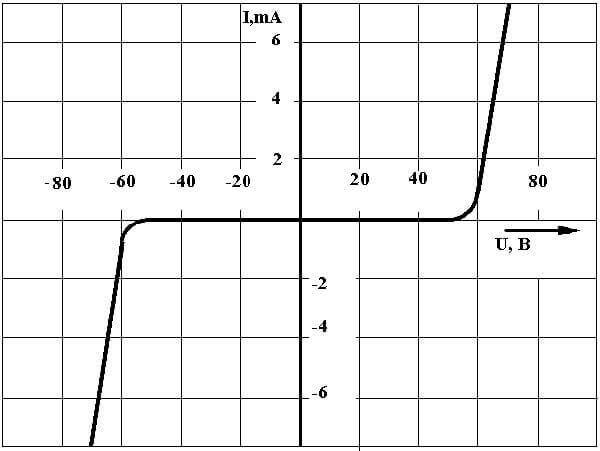
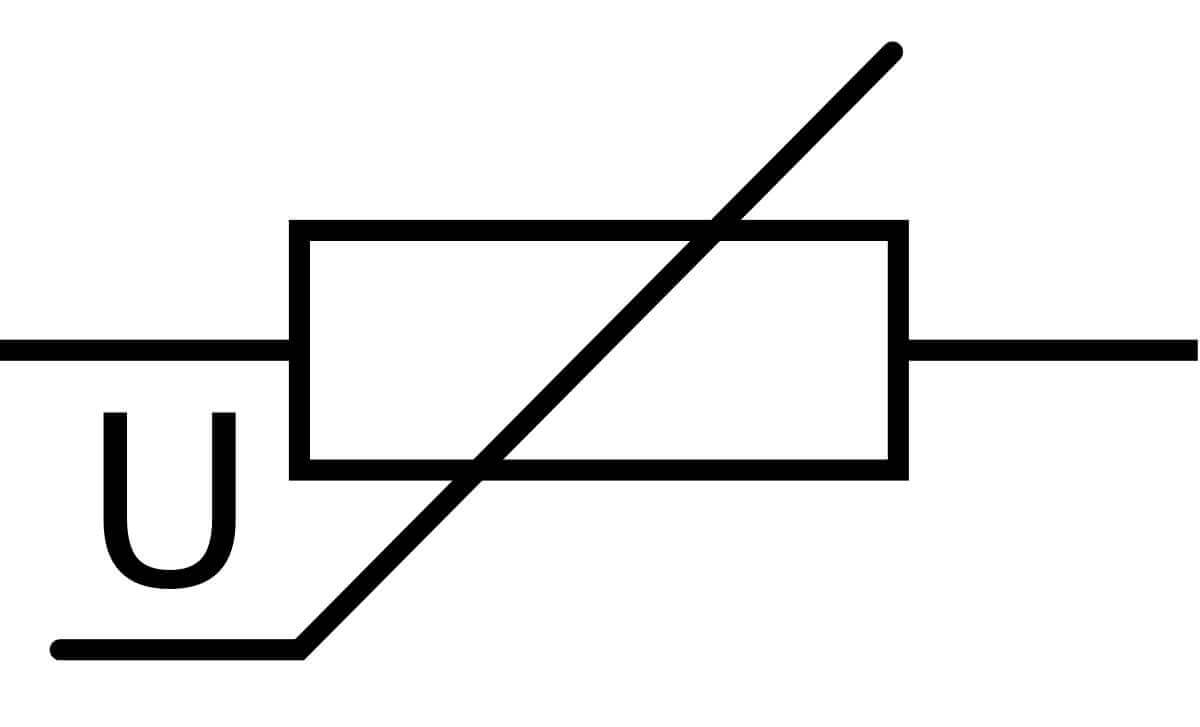


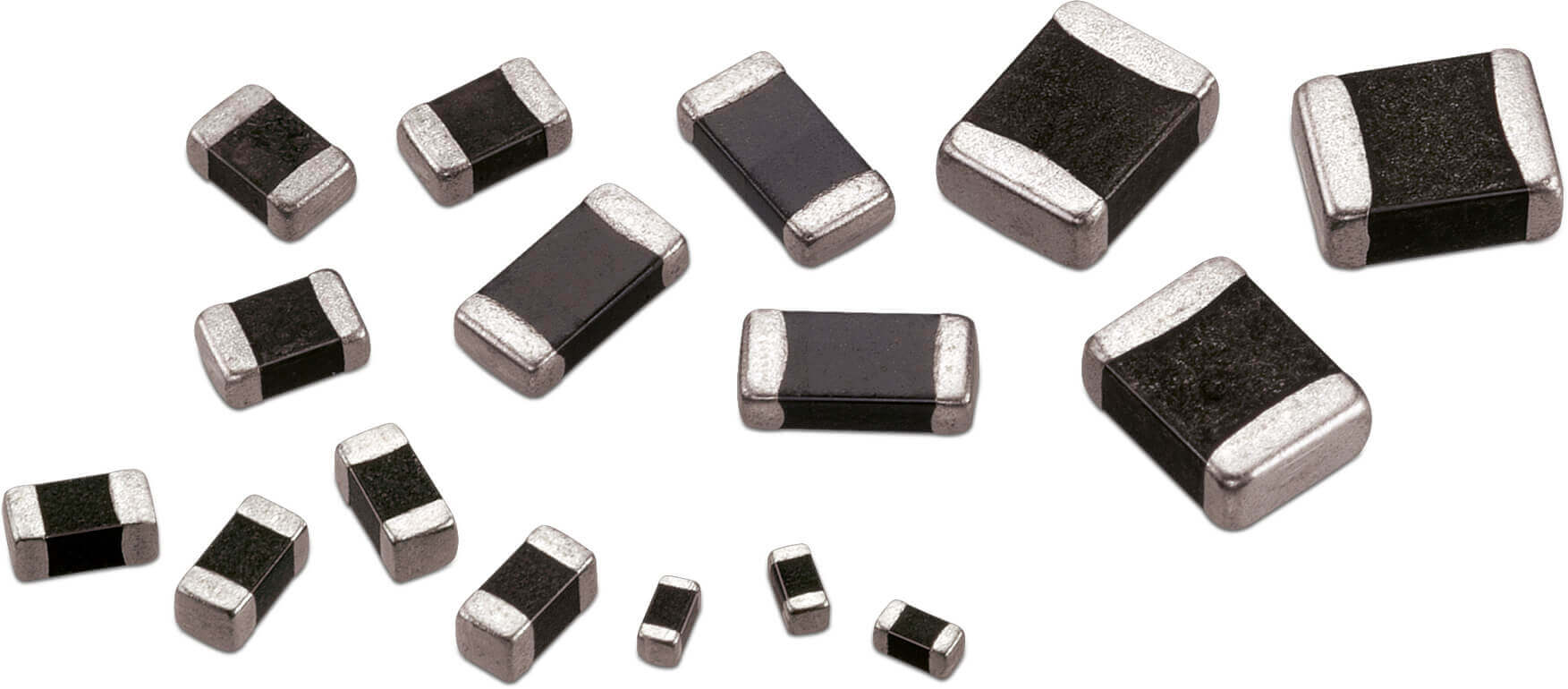
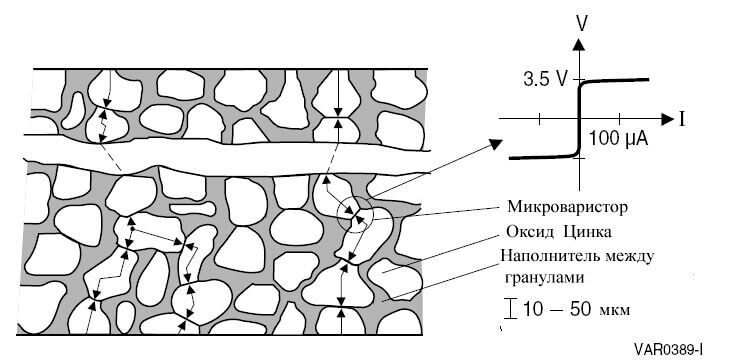

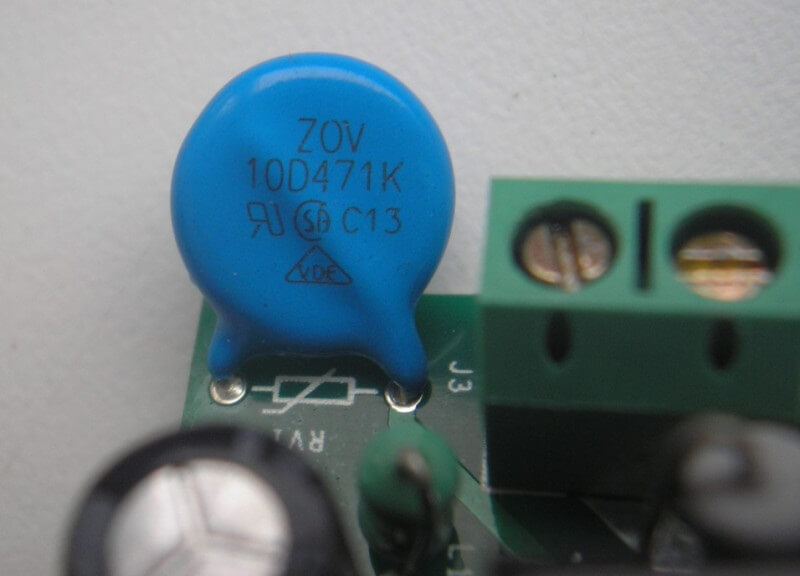
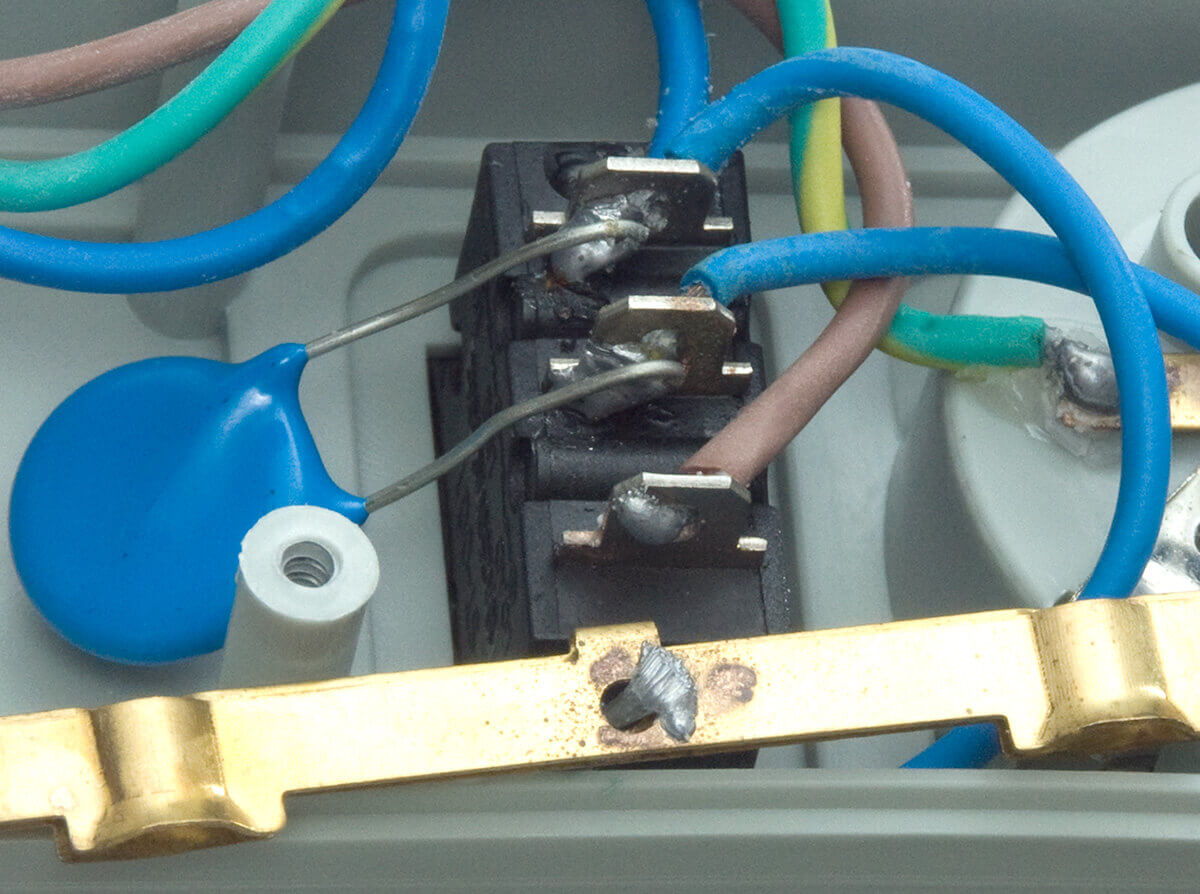
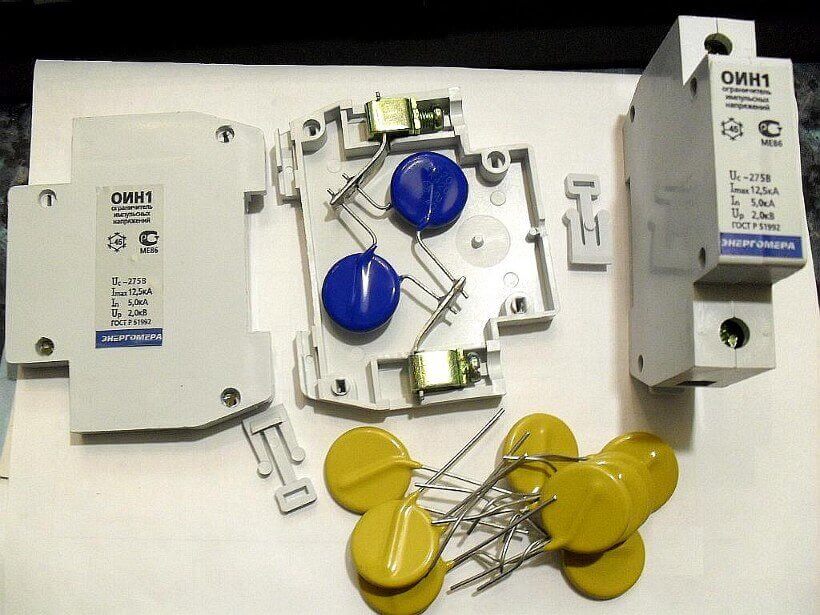


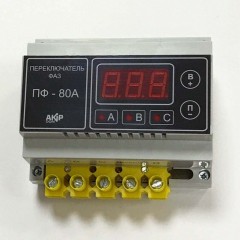
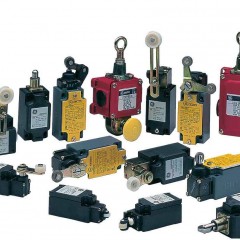
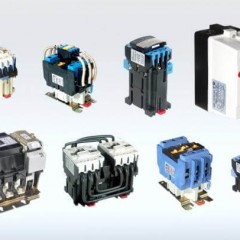

Thank you very much for the article!
Help I can not find.
He is blue